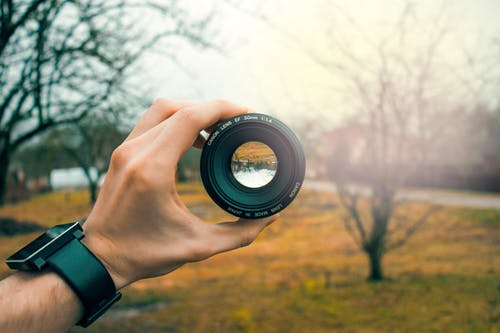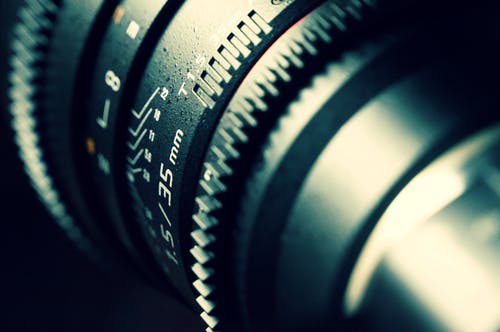
How to Pick the Best Lens for your Camera
Buying a new camera lens is not necessarily a hard task for a professional photographer. However, if you are an amateur photographer who just purchased a camera, you would face nightmares trying to figure out which lens to buy. If you are a beginner to photography, there are several abbreviations and specifications you need to know before trying to purchase a new lens.

Despite the fact that the cameras are designed to take and make use by changing different lenses, many photographers only use the kit lens that comes originally with the camera. The reason for this is pretty obvious. If we are talking reality, lenses are sometimes as expensive as buying a vehicle, and for a fresh photographer, it may seem vague as to why he should spend again on a new lens. Nonetheless, there are good reasons why you should.
Lenses are unarguably the most important part of any camera. A lens has the ability to either make or break a perfect picture. Sure, you can use the kit lens and make the basic use of your camera, but the need of different lenses comes across as you continue capturing. The lens controls the image that you are capturing and ultimately decides the quality of the picture that you’re taking home.
So, where do we get started?
There are few things you need to consider when purchasing a compatible camera lens. The digits and letters mentioned on the side of the lens barrel can say everything about a lens.
Focal Length

Focal length is indicated in mm. If the focal length is in a higher number, it means you can zoom bigger. If the focal length indicated a lower number, that means you can take wider shots that doesn’t require much zoom. If the camera has a focal length within two numbers (eg – 28mm- 80mm) it means you can zoom in and out as much as you want within that range. Lenses with single valued focal lengths are known as prime lenses.
Minimum Aperture

Aperture is the maximum amount of light that a lens can take in. Lenses with larger maximum apertures are capable of gathering more light. Zoom lenses have variable aperture values. As the focal length changes the aperture also changes in these lenses.
Lens Mount

Most camera manufacturers make lenses with propriety mounts which will fit their respective devices , sometimes having different mounts to fit different camera lines. So it’s important to know which mount your camera has before heading out to buy a lens.
Format

In addition to the mount you also need to make sure that it will produce an image big enough to cover the image sensor. Because different cameras use different size sensors, manufacturers produce specific lenses to work with them.
To make it clearer to you, we have listed a few common types of lenses along with the image types that they support.
Ultra Wide

Ultra Wide lenses are made to capture wide shots,and they are not about getting all the objects focused in the image.Their typical uses include landscape, architecture and interior photography.
Wide Angle

Typically covers the focal length 24mm to 55mm. These lenses are commonly used when you want to get an entire group of people or a large building to a single frame.
Standard

As the name suggests itself, standard or normal can be used for almost all photographic needs.
Telephoto

Telephoto lenses can be generally used to capture objects in places where you cannot reach, such as sports events or wildlife photography.
Macro

Macro lenses are commonly used for close-up photography. These lenses are also great for portraits thanks to their typical sharpness and focal lengths.
Super-zoom

Offering a one-lens package, super-zooms come into their own if you can’t (or don’t want to) change lenses. This could be when in situations where it wouldn’t be safe to switch lenses, or when travelling – you don’t necessarily want to be weighed down by five lenses when on holiday with the family.
